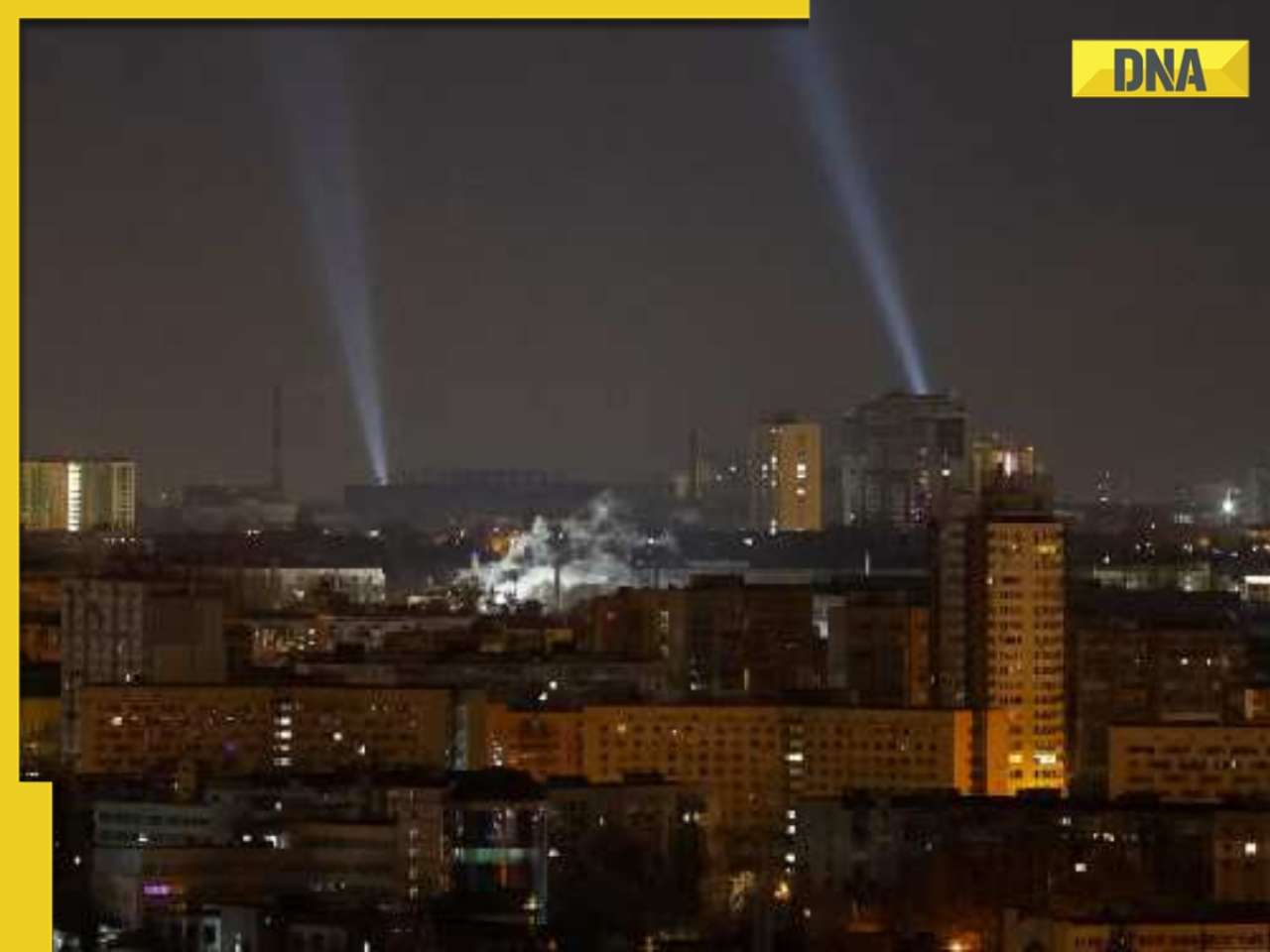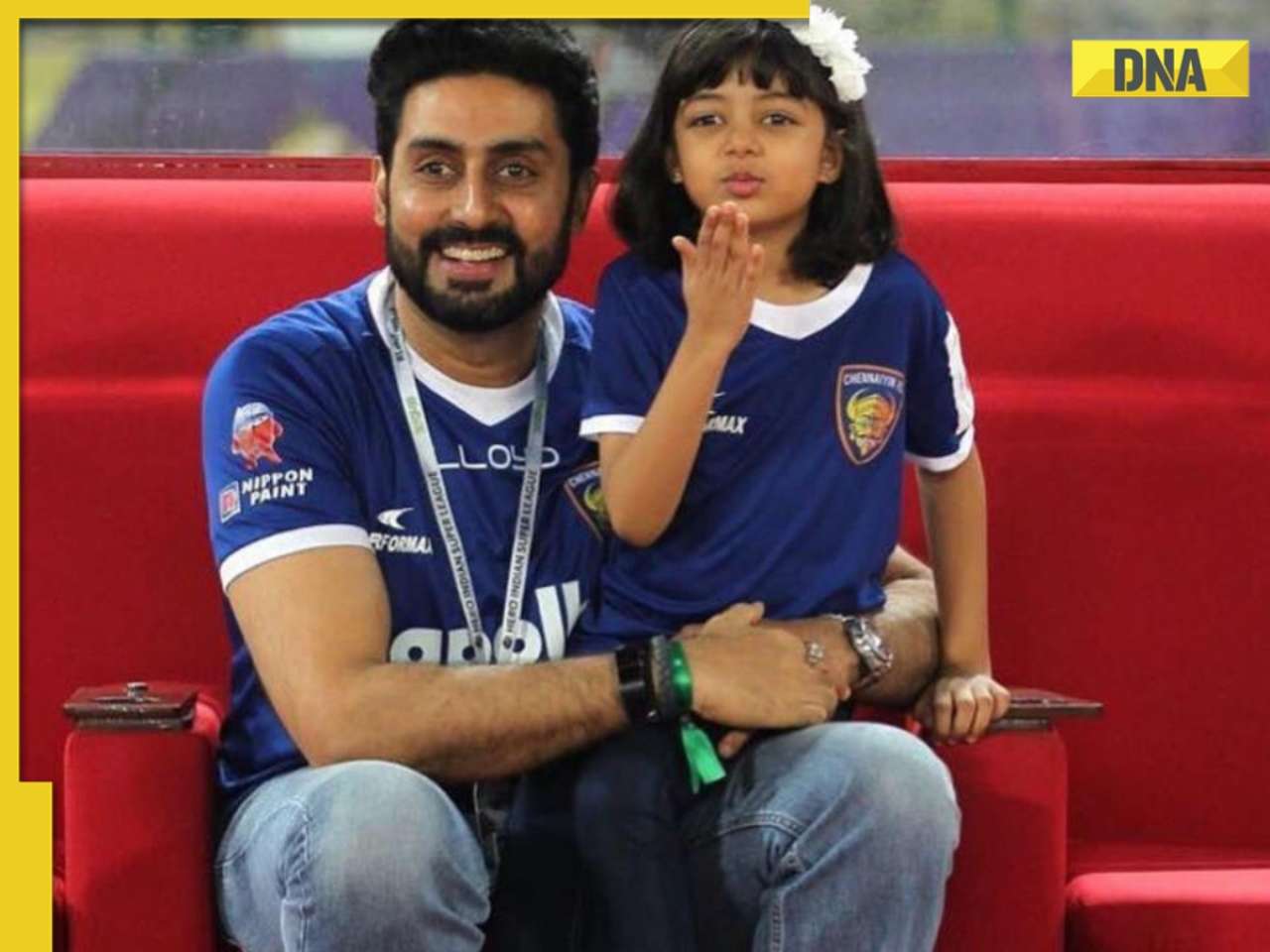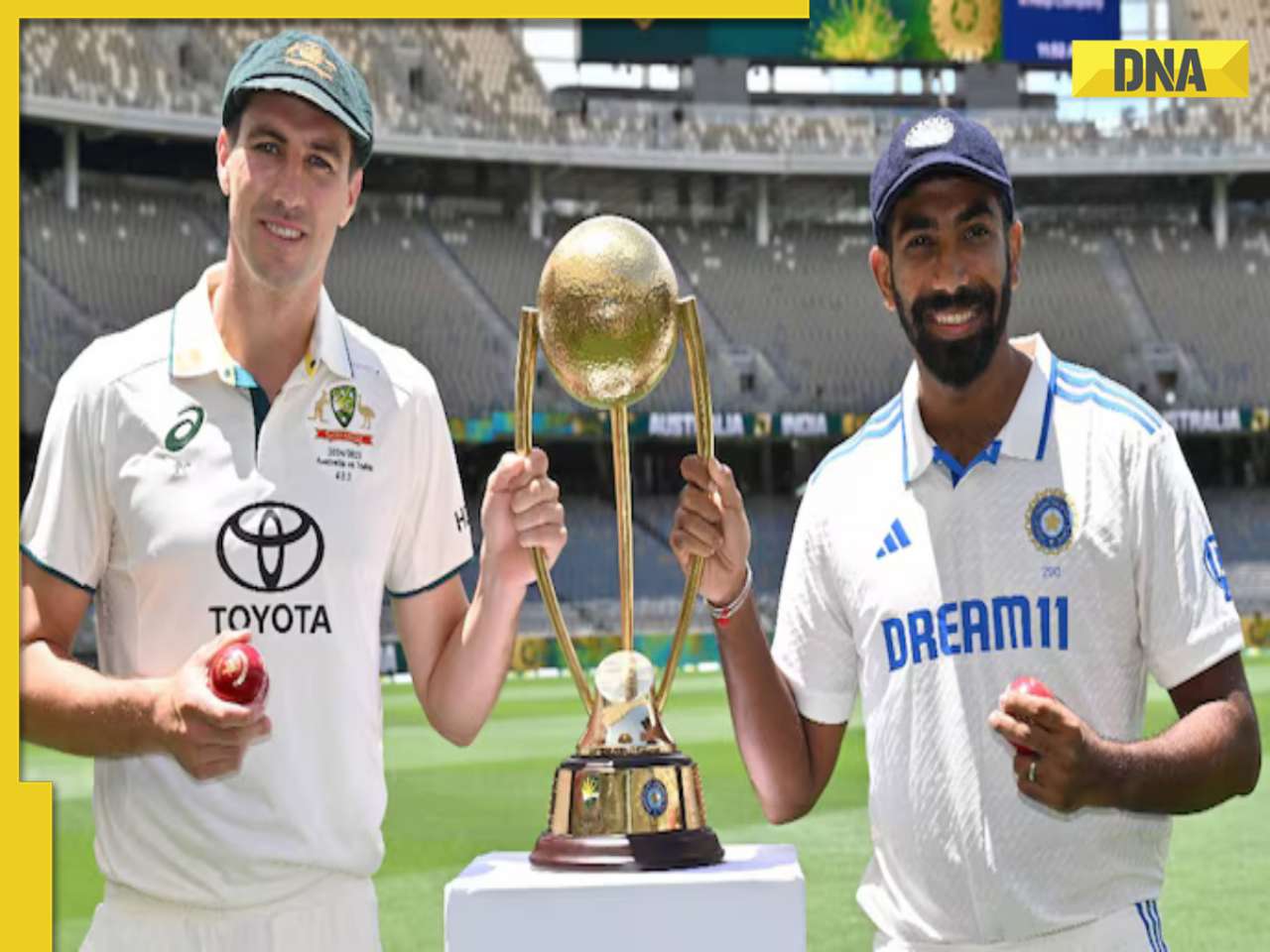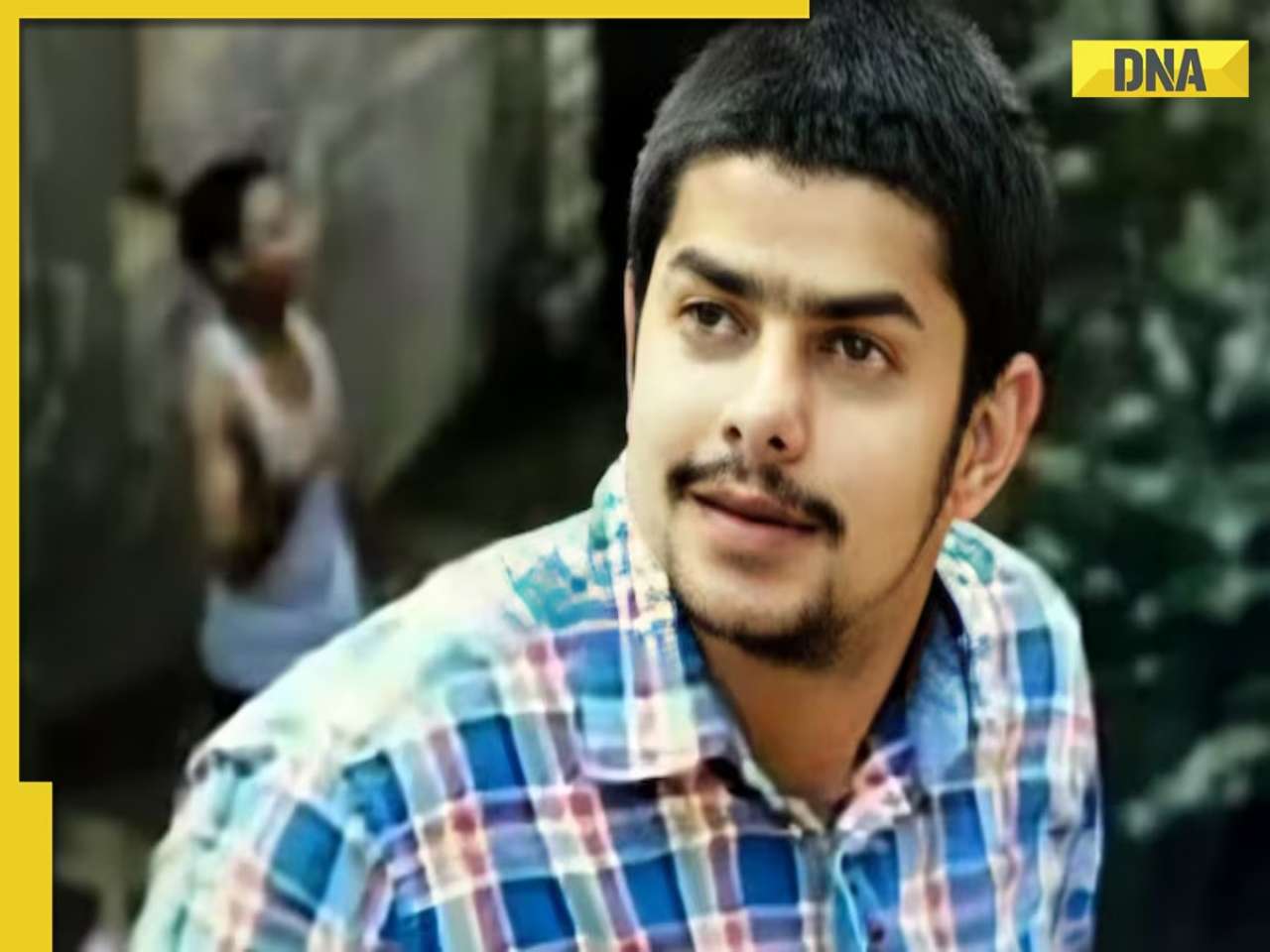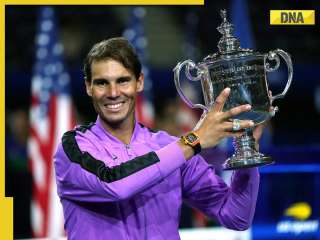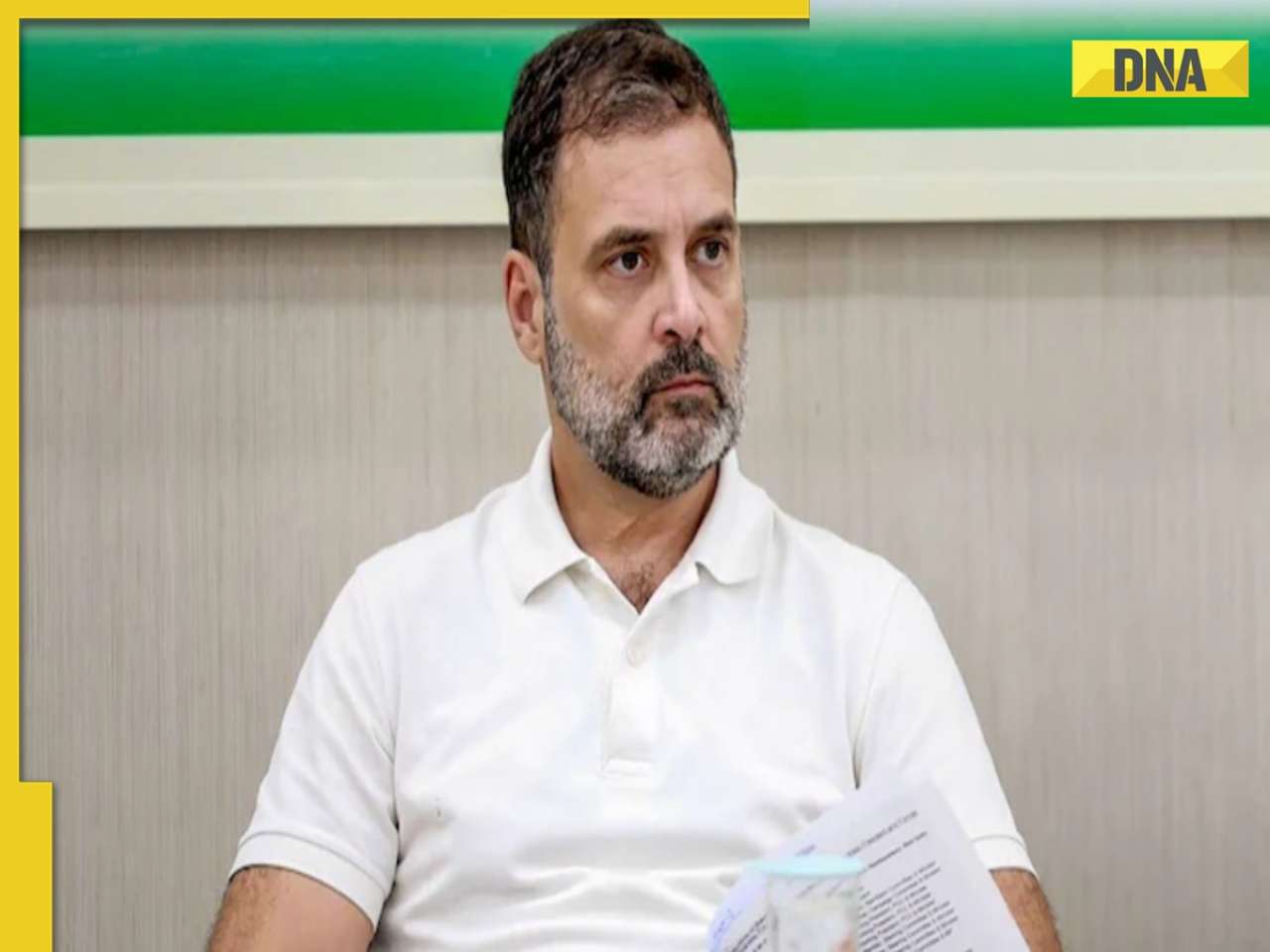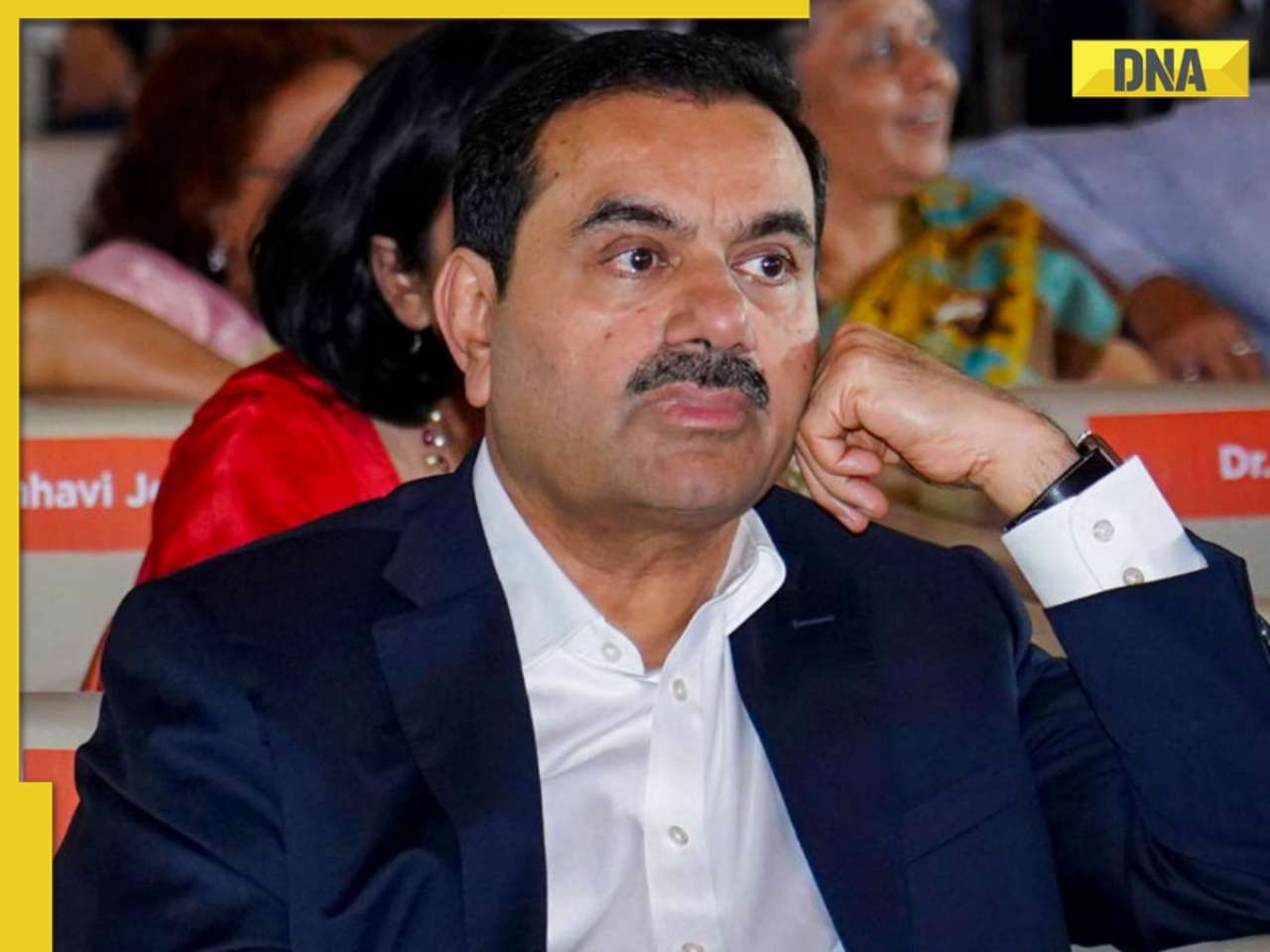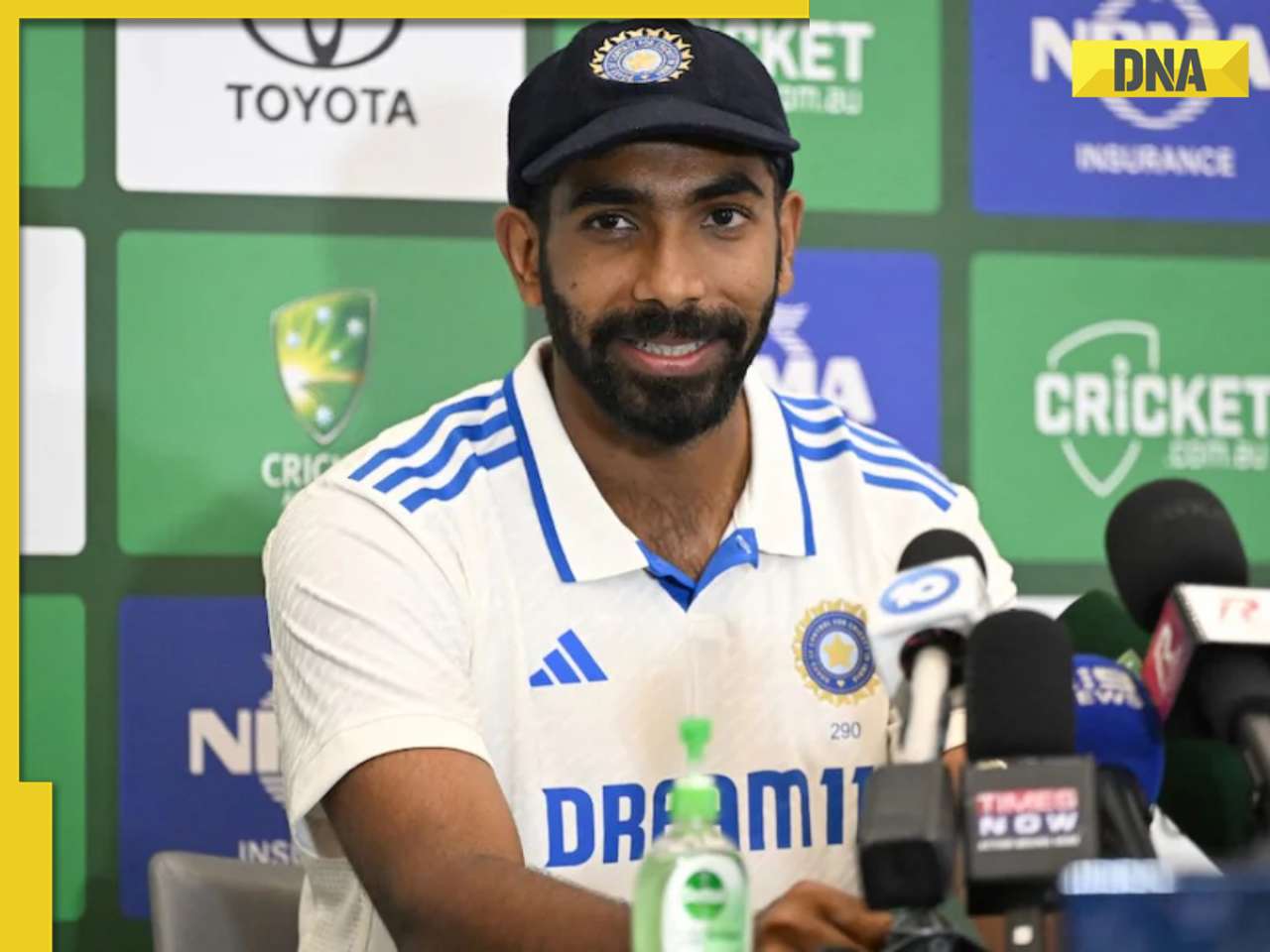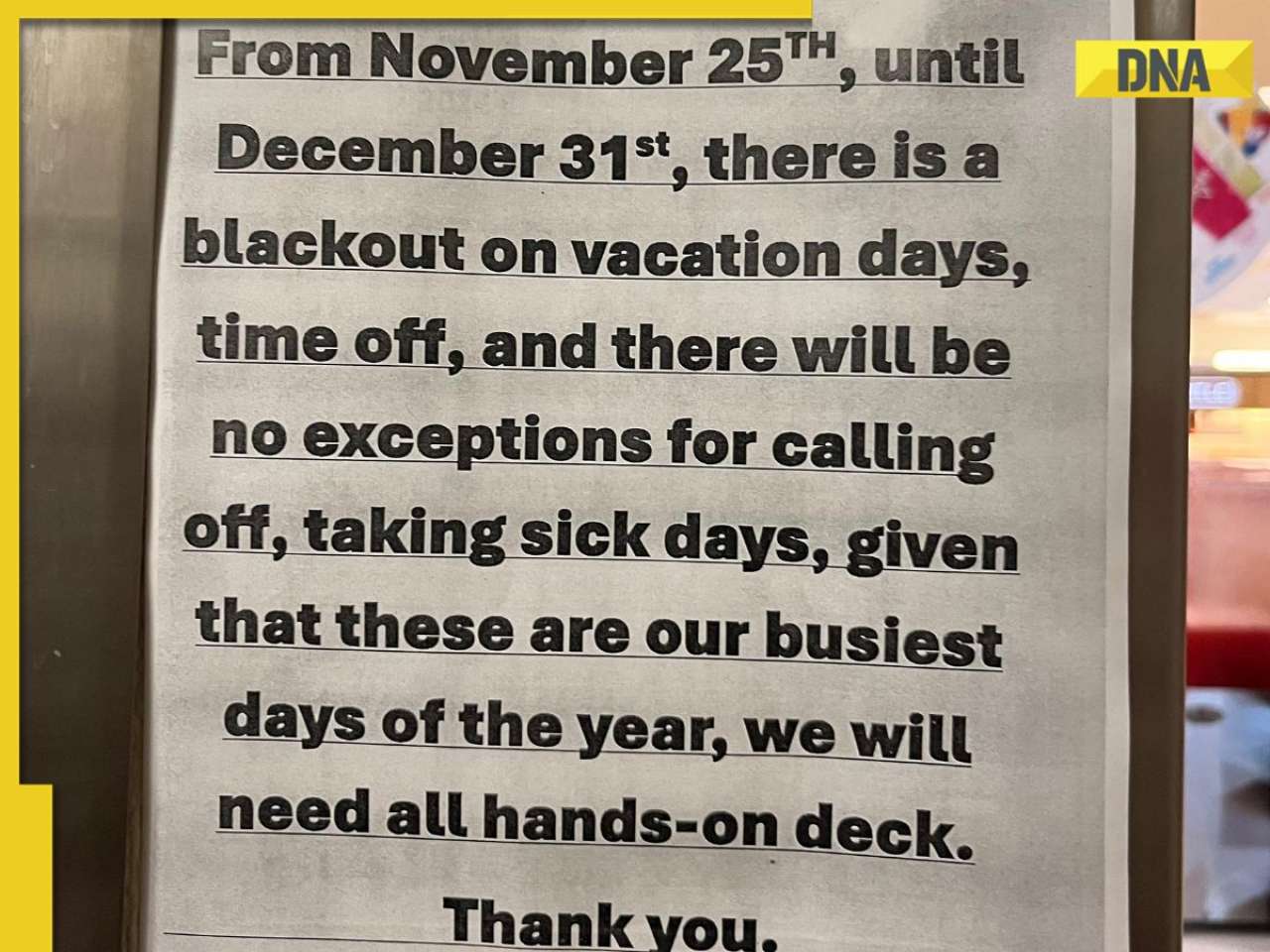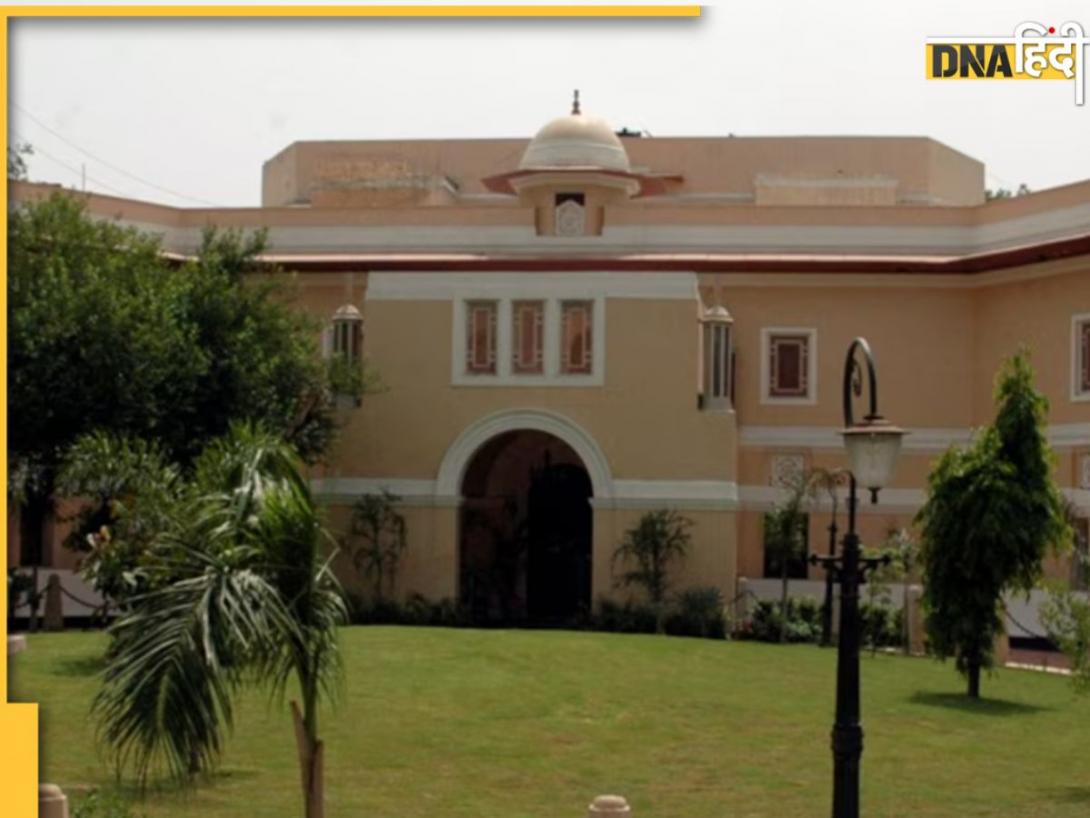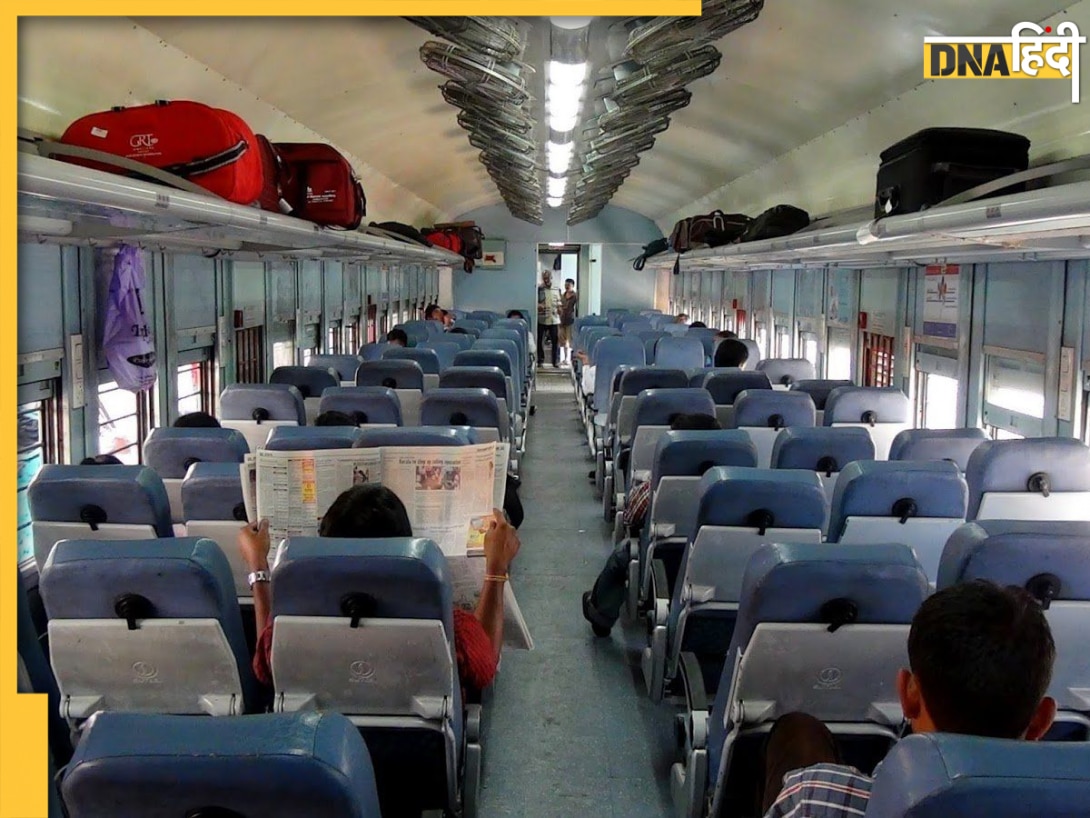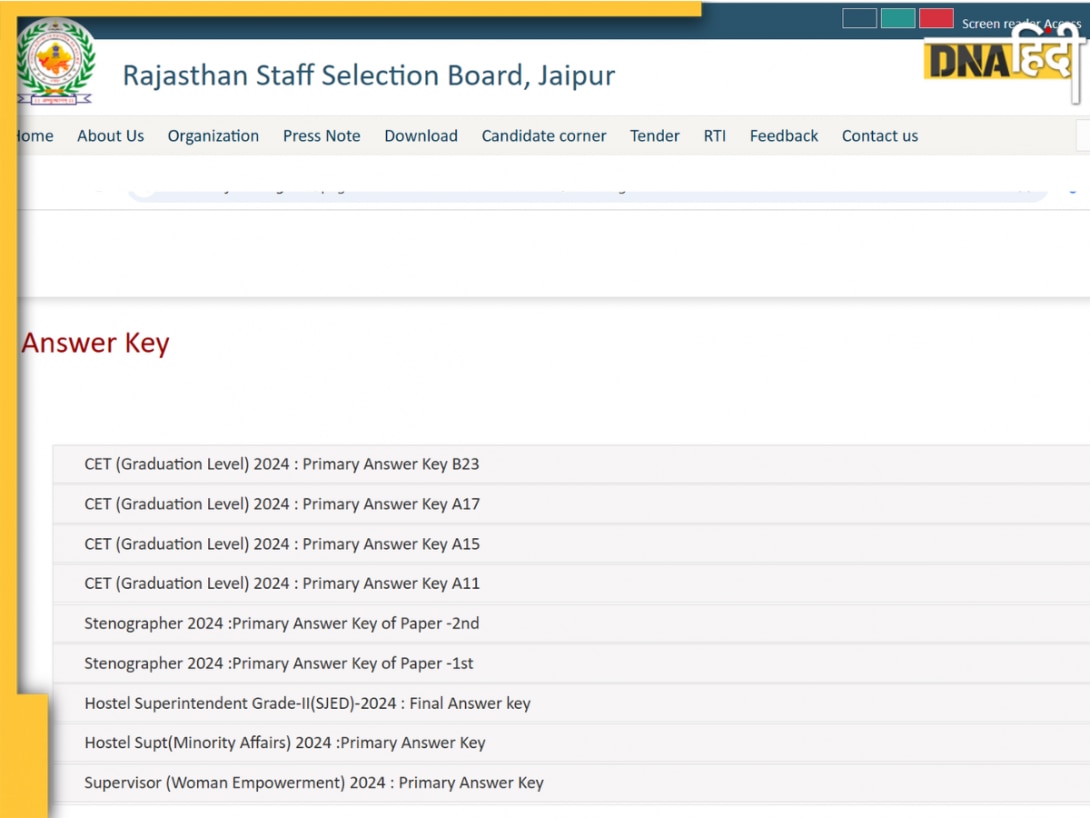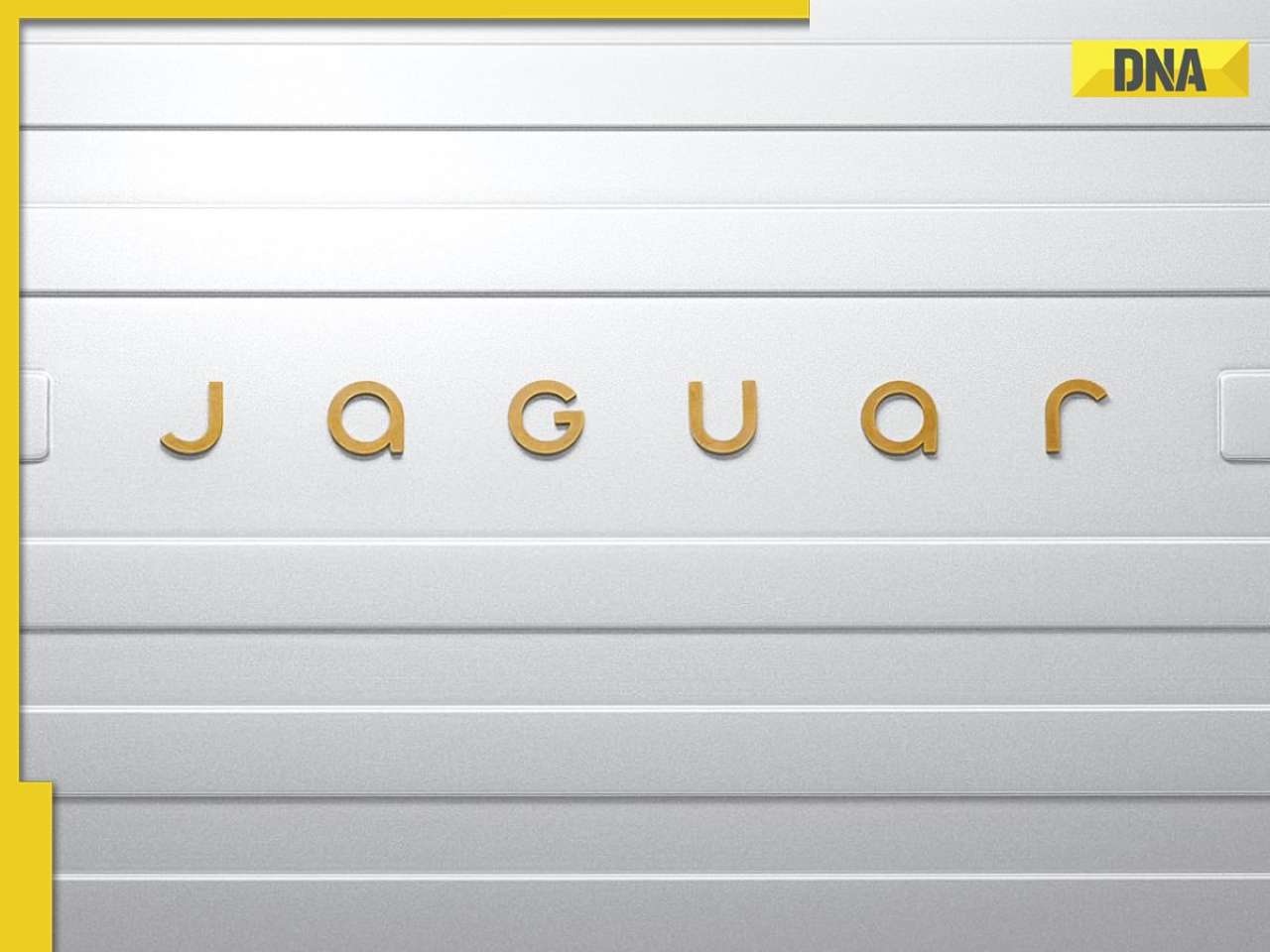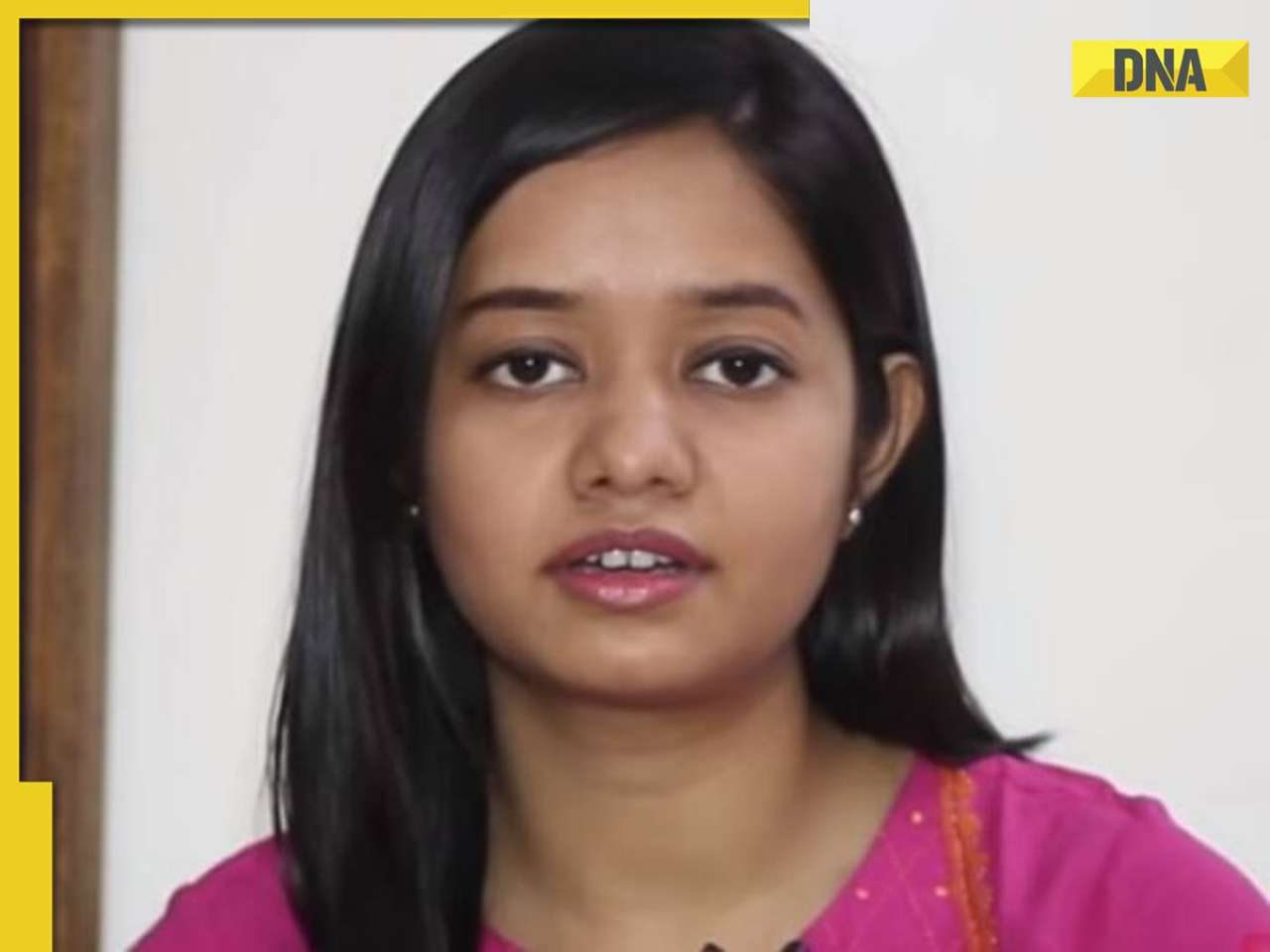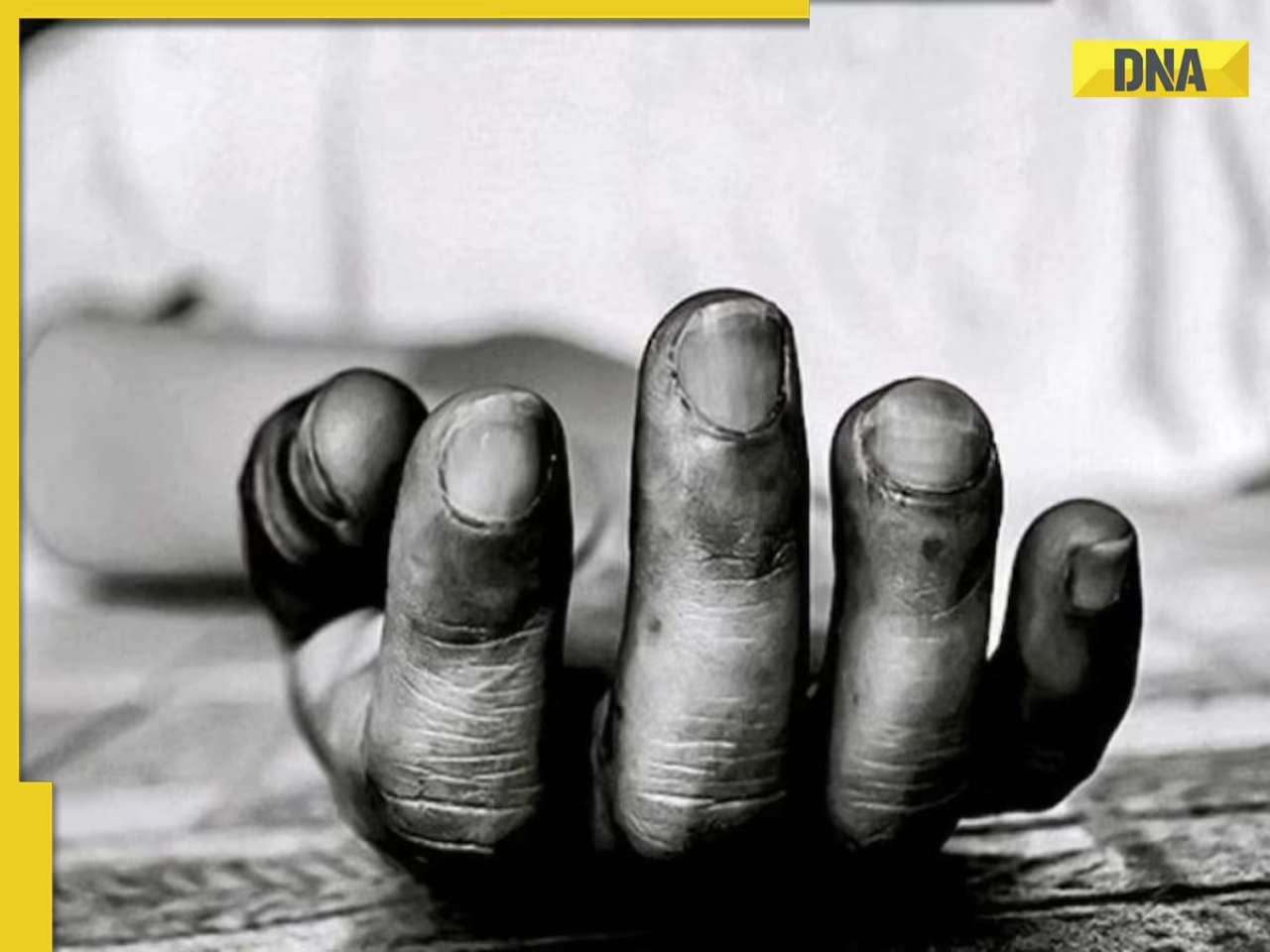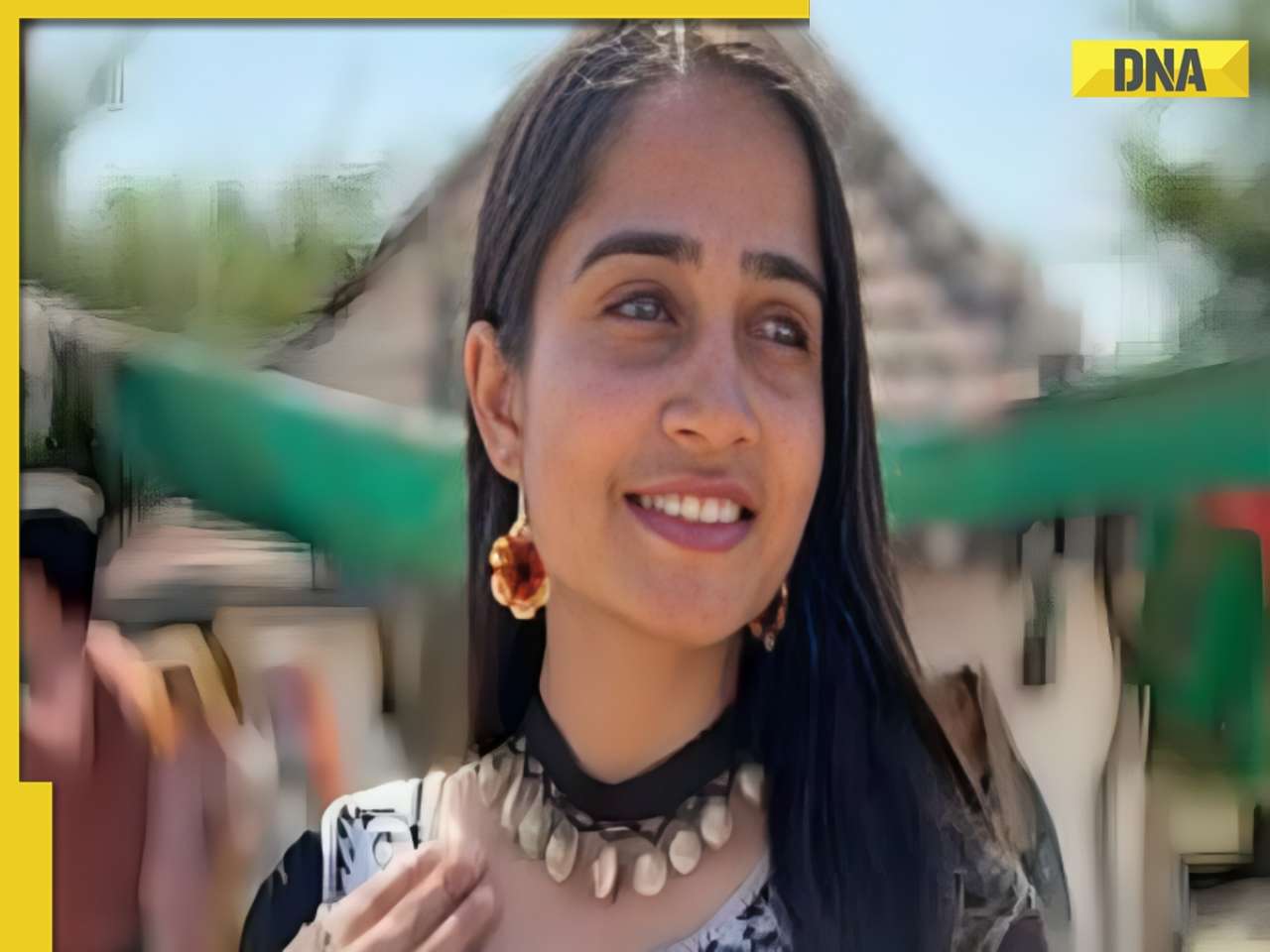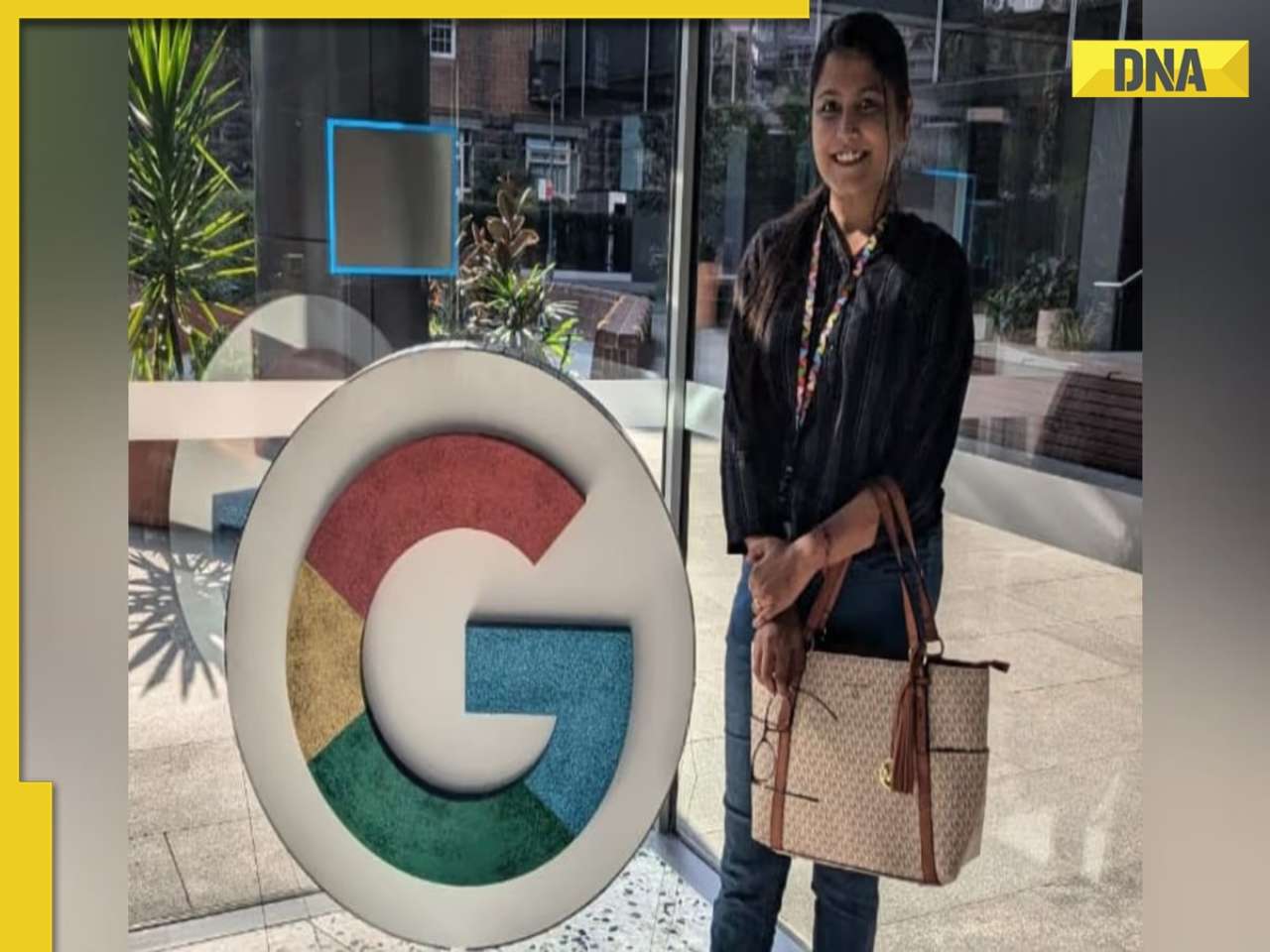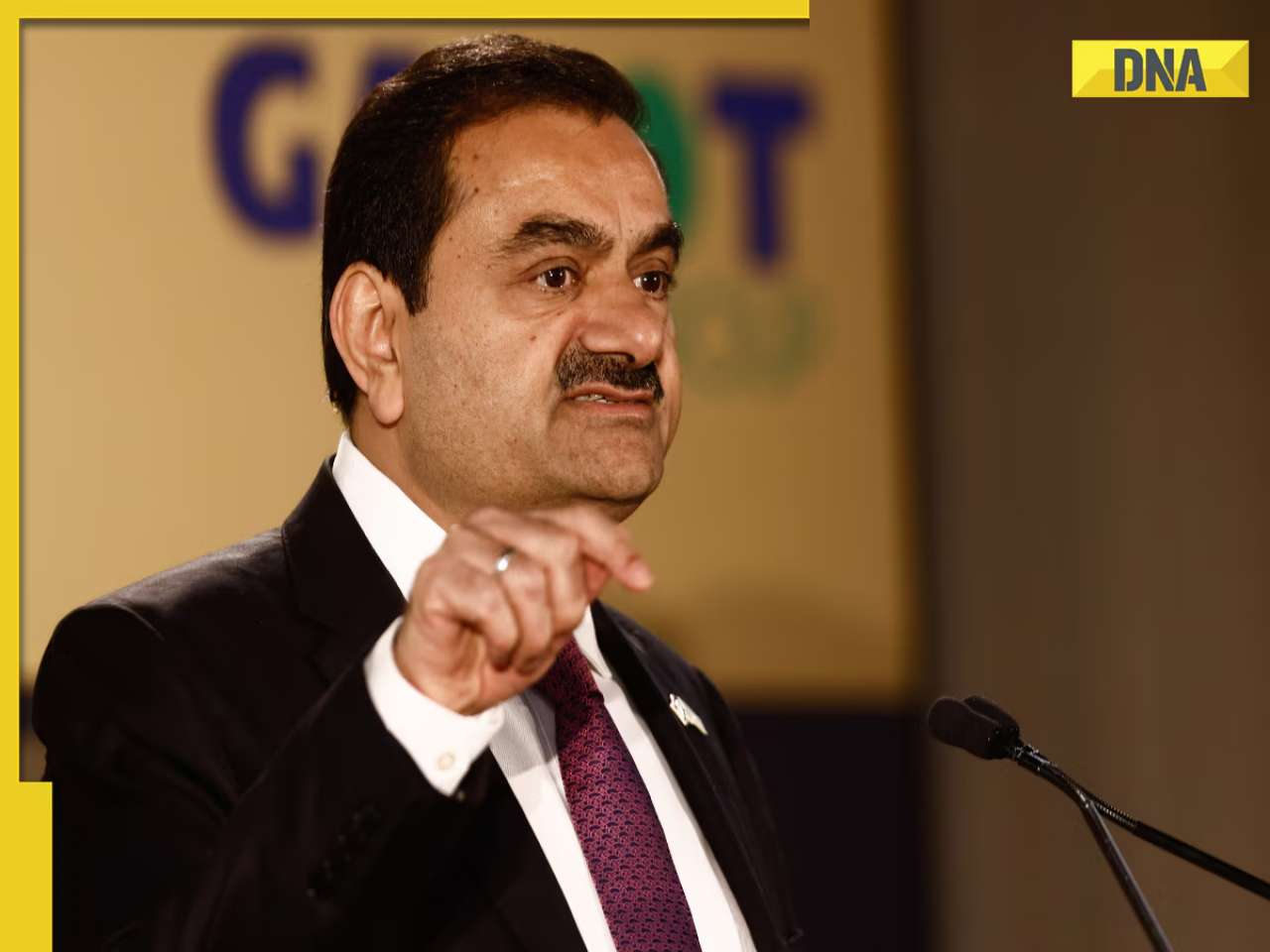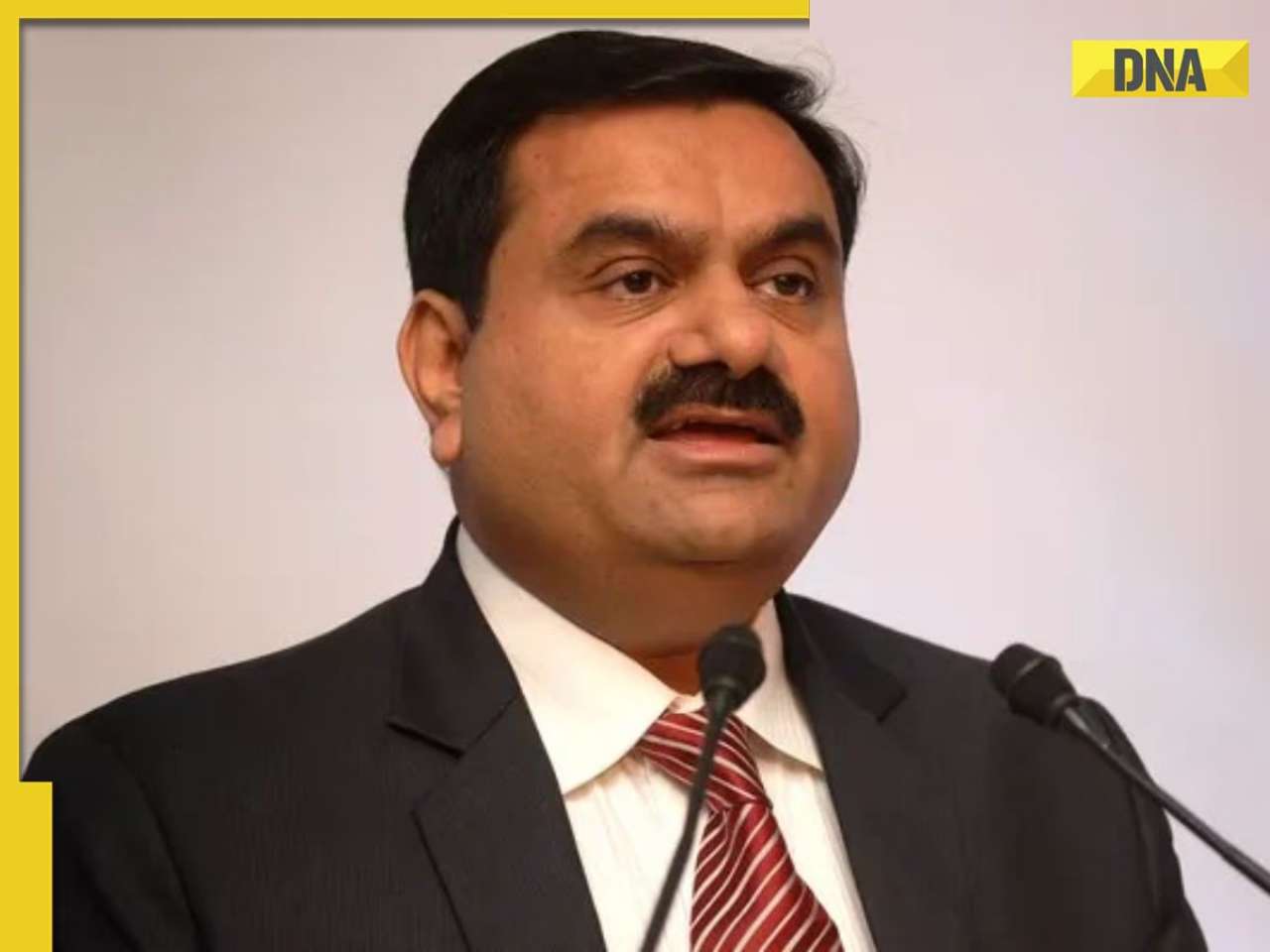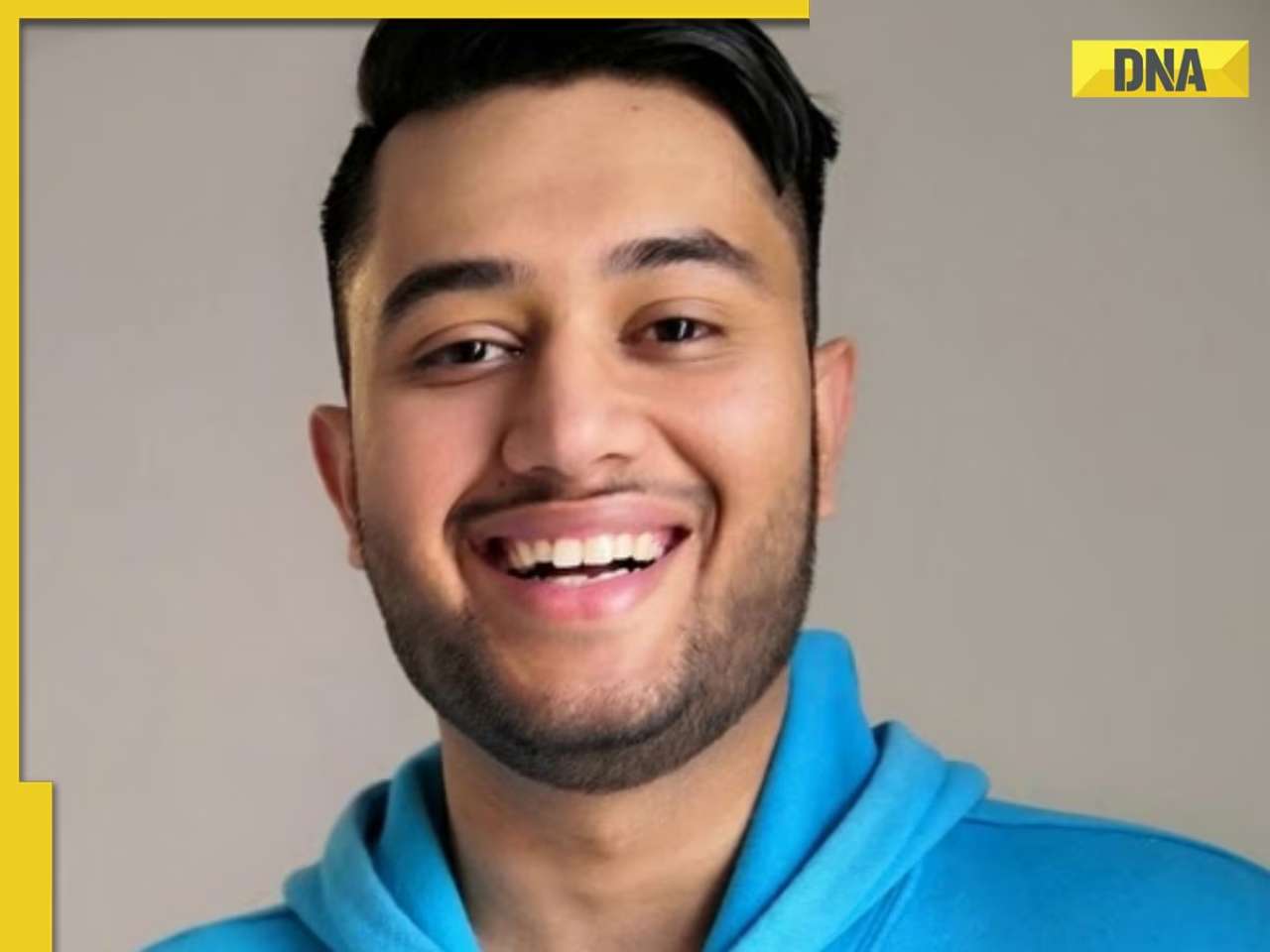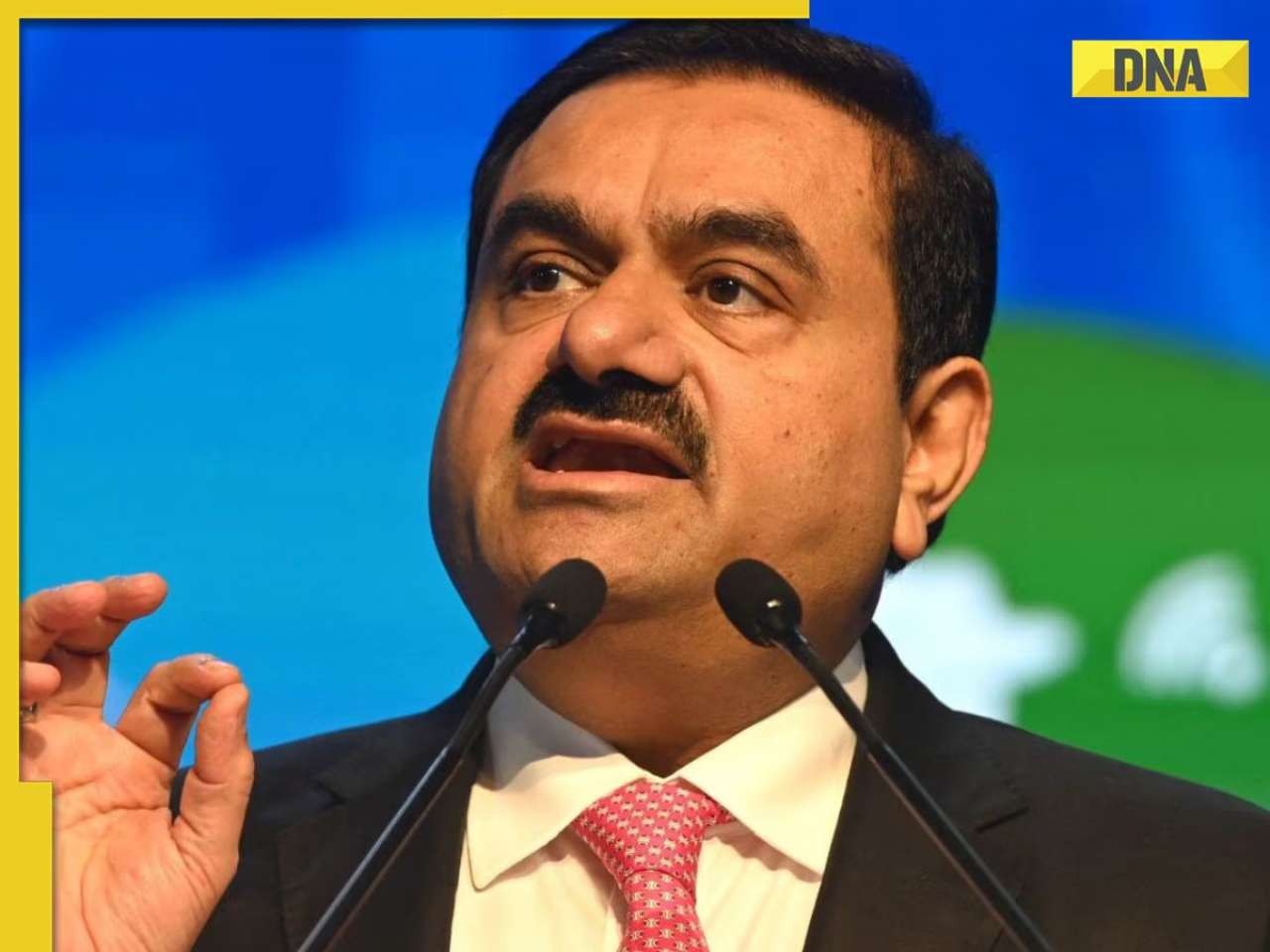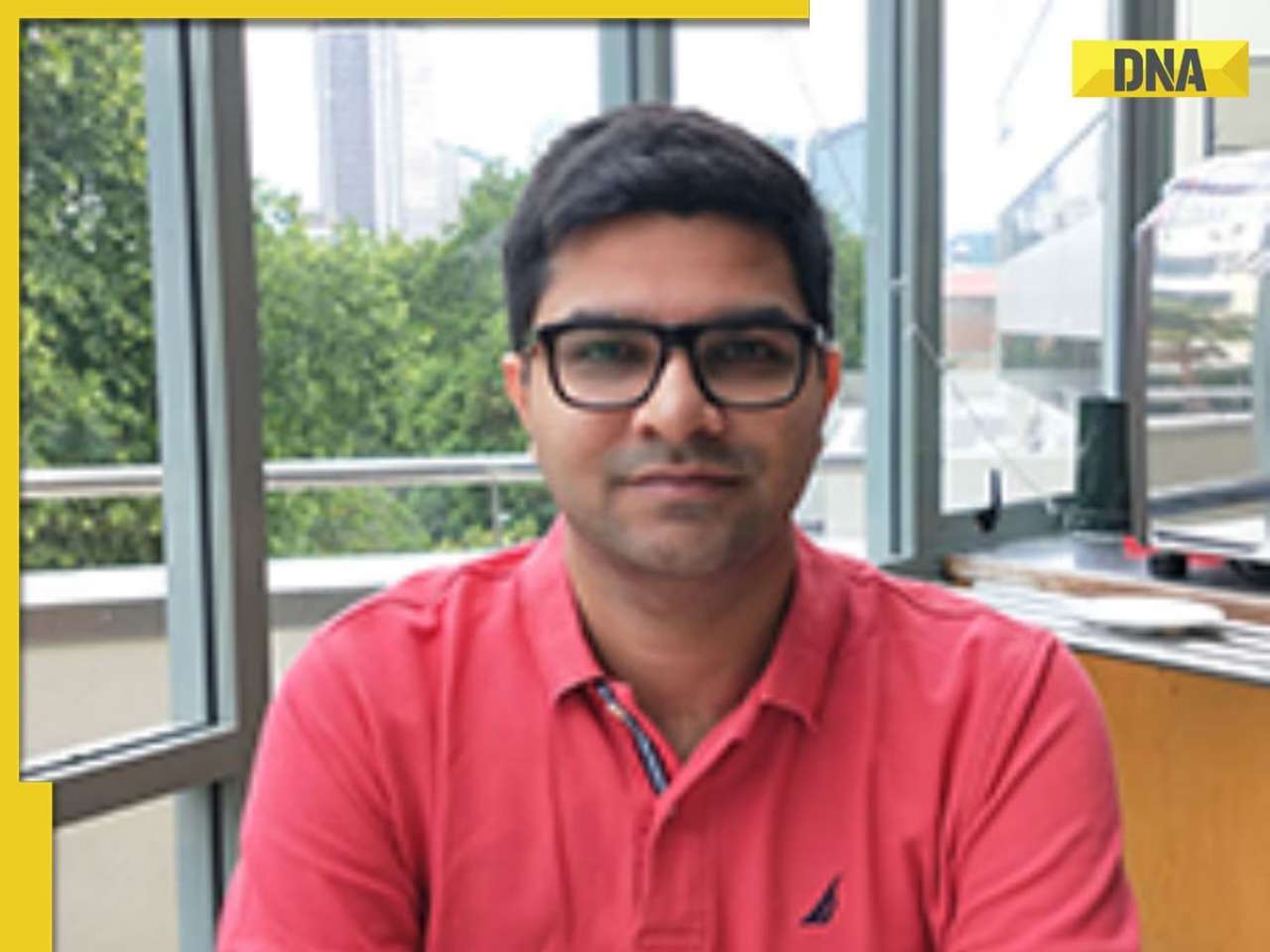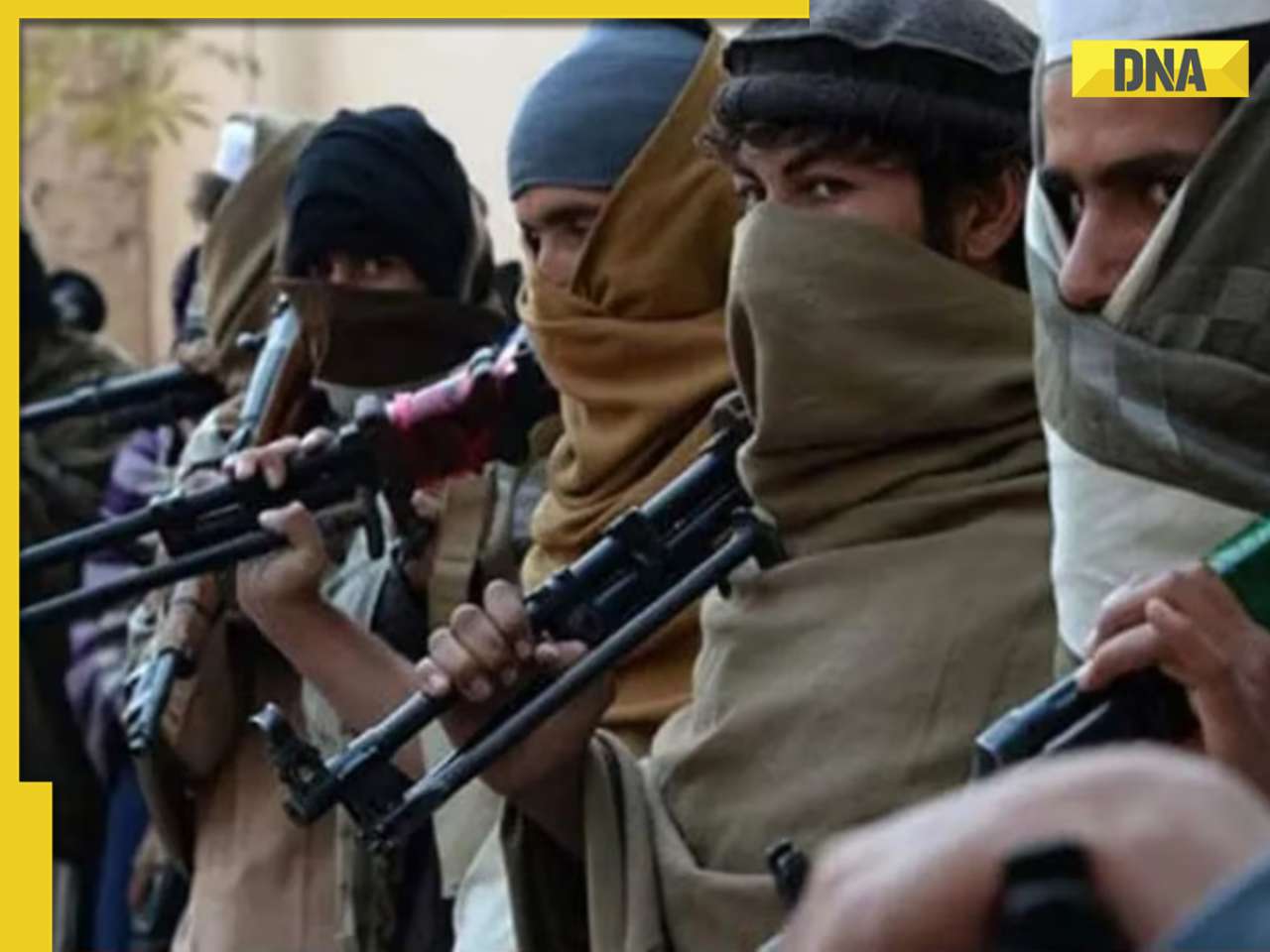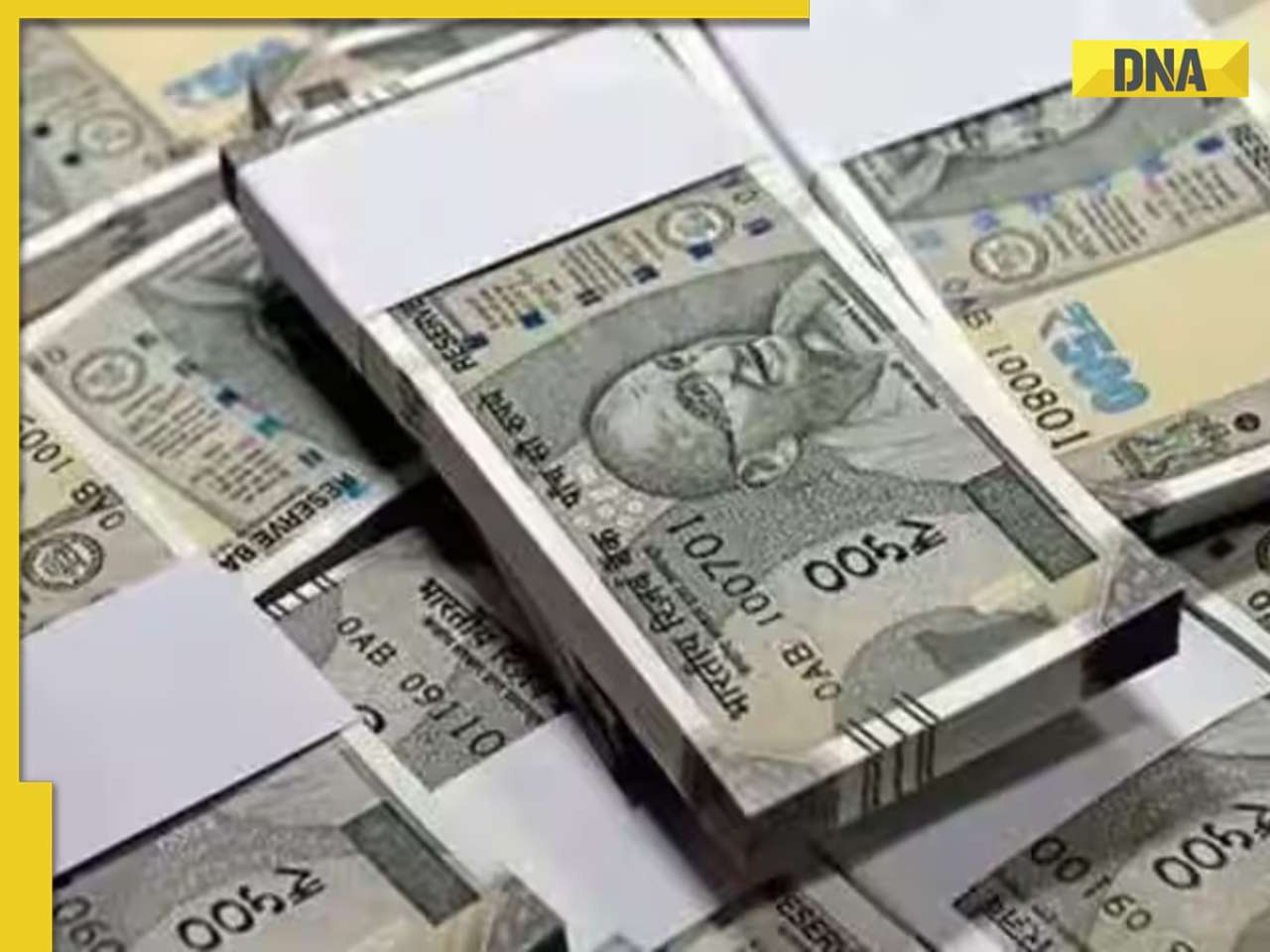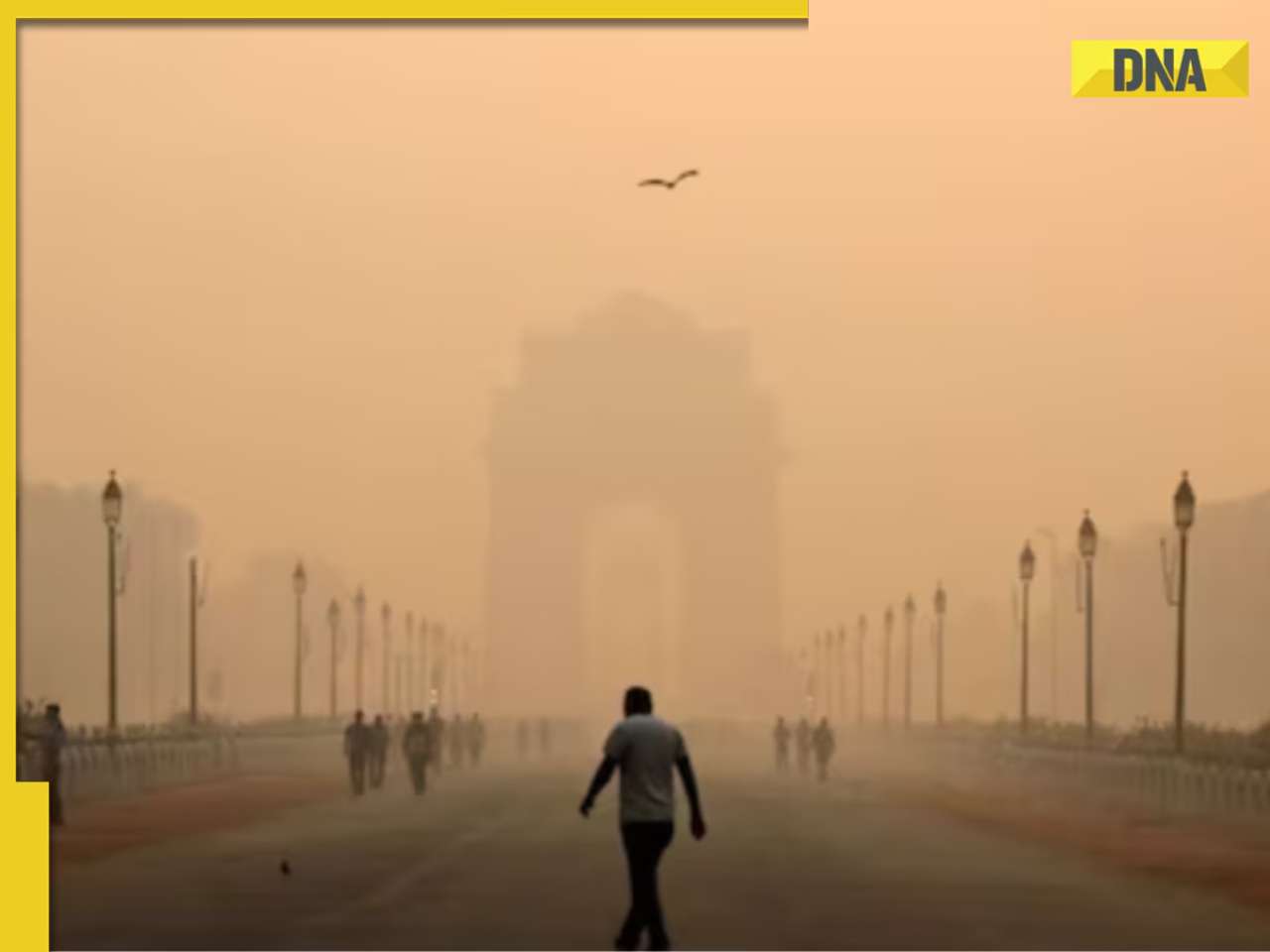- LATEST
- WEBSTORY
- TRENDING
SPORTS
Fifa World Cup 2010: Kicking out apartheid
The history of South African soccer is also the history of a nation’s battle against apartheid as played out on football fields.
TRENDING NOW
The history of South African soccer is also the history of a nation’s battle against apartheid as played out on football fields. This struggle spanned a century, from soccer matches organised by Gandhi at Tolstoy Farm in Johannesburg, to Fifa’s suspension of South Africa in 1959, to its eventual return to international soccer in 1992. South African sports historian Peter Raath maps this saga of sport, discrimination and national reconciliation in which the 2010 Fifa World Cup is set to be the newest and most glorious chapter.
Hosting the 2010 Fifa World Cup is a huge victory for South Africa considering its history of apartheid, which caused untold damage to the popular sport.
South African soccer, like South African society, was in fact structured by racism long before the imposition of apartheid. On May 31, 1910, when the ‘White Union’ came into being, it brought the four colonies of South Africa under one flag but failed to unite the country as blacks were effectively kept off the common voters’ roll in the Transvaal, Orange Free State and Natal. The leading lights of the Labour Party were by this time pushing for the type of segregationist policies which the Nationalist Party would claim as their own after 1948 — when apartheid was officially on the agenda.
Gandhi’s soccer teams
There was large resistance to this race discrimination, and in some quarters, football was used as one means of fighting back against the authorities. Mahatma Gandhi, who helped shape protest movements on both the Asian and African continents, organised soccer teams at each of the communities, or ashrams, which he set up. Games were played at Phoenix in Durban, on the Tolstoy Farm, Johannesburg, which he purchased to maintain families of jailed resistors, and in Pretoria.
In 1910, a historic match was played at the Mayfair ground of Johannesburg Rangers, when a team of ‘Passive Resistors’ from Pretoria met their Johannesburg counterparts on this barren surface.
The SA Soccer Federation
South Africa’s three non-white population groups, the Africans, the Indians and the coloured, formed their own football associations independently of each other, and it was not until 1951 that they were eventually able to overcome their differences, bond together as one unit, and launch the South African Soccer Federation (SASF).
This soccer body, with its rigid policy of ‘no normal sport in an abnormal society’, would not give up their struggle until the last vestiges of apartheid had been destroyed. But they had to watch in horror as the injustices of the Nationalist Government destroyed football clubs all over the country, when the ghastly Group Areas Act was implemented in 1950.
Government bulldozers tore apart clubs in all provinces as thousands of so-called ‘non-Europeans’ were expelled from their residential areas because of the colour of their skin, and even though some of the clubs did regroup, most died a painful death.
The city of Durban, which significantly hosted the first match played by an overseas team from India in 1934, also lost two football associations, the Mayville and the Umgeni, when Indians had to relocate to Chatsworth, Phoenix, Merebank and other areas.
Suspended by Fifa
SA received its first suspension at Fifa’s 1959 Rome Congress when Freddie Fell, the president of the all-white Football Association of South Africa (Fasa), and his associates were found guilty of violating anti-discrimination codes in the world governing body’s charter.
Fasa, which had become a Fifa member in 1952, was also one of the founding members of the Confederation of African Football (CAF) when it formed five years later, but when Fell refused to send a mixed team to the inaugural 1957 African Cup of Nations tournament in Sudan, SA was banned from competing. By 1960, they were booted out of the CAF too and following further bans, the next thirty years saw the country isolated from world soccer, not able to participate in any World Cup tournaments at all.
There was a slight glimmer of hope in March 1963 when delegates at Fasa’s annual meeting agreed to enter a ‘non-white’ team in the 1966 World Cup. SA was due to face Australia, South Korea and North Korea in the qualifying stages. The government had already given its permission for a communist North Korean team to play in Johannesburg as part of the zoned competition. And believe it or not, arrangements were underway for two sides to represent the country — a white and a ‘non-white’ team. The choice of which team would take the field would boil down to the colour of the opponents. Imagine if one of the opponents had a team which consisted of more than one colour! What would Fasa have done?
As it transpired, however, neither the non-white nor the white team’s players realised their dream of representing the country at the highest level as SA was kept out of world football until 1992.
Divided at club level
The country was still bitterly divided at club level with three separate semi-professional leagues, the whites-only National Football League (NFL), the National Professional Soccer League (NPSL) for black Africans, and the Federation Professional League (FPL) which started as the SA Soccer League (SASL), where mostly Indian and coloured players plied their trade.
Thanks to men like RK Naidoo, president of the Darwin Football Association, R Lutchman, former secretary of the Natal Inter-Race Soccer Board,
EI Haffejee, Louis Nelson and Ronnie Govender, the first so-called ‘non-white’ pro league launched in 1961.
“I chaired a February meeting,” said Naidoo. “And we took the decision to officially start the league on 9th April 1961 without considering the financial aspects or knowing which teams would enter. Nothing mattered but the cause… The watchword was if a few million whites could play pro soccer, why couldn’t 20 million blacks do the same? We used that argument to good effect and I met with other sporting bodies in Durban. And although there were the usual ‘Doubting Thomases’ we went ahead with our plan regardless.”
The officials decided the league should comprise six clubs, and that Durban’s Aces United and Berea would be Natal’s representatives, with the remaining four berths given to Transvaal teams. It was a poignant moment for the entire country as Aces United and Blackpool United kicked off the United Tobacco Company’s sponsored league that sweltering day at Currie’s Fountain.
The search for unity
In 1973, the apartheid government decided to change the way it viewed mixed sport. In collaboration with some of the country’s sporting bodies, it sanctioned a tournament known as the South African Soccer Games. This project brought all the races together on the football field for the very first time and history was made on March 26, 1973 — almost 25 years since the government came to power — when the tournament opened with a double-header. The Black XI beat the Indians 5-0, while the White XI put four goals past the Coloured team.
Although this policy of ‘multinationalism’ was an attempt to display to the outside world the ‘normalities’ of sport within the government’s radical system of separation, there was opposition from some groupings within the country which affected the viability of the tournament. The SASF, which had became a vital cog in the international boycott of South African sport in general and football in particular, put pressure on their players not to participate. As a result, the Coloured and Indian sides were depleted and so the one-sided results were not a true reflection of the standard of play of these two population groupings.
Unity and the World Cup
Finally, on September 22, 1990, unity was achieved with the creation of a new non-racial body for soccer, and in July 1992, the national team, Bafana Bafana, played their very first international against Cameroon. Fast forward eighteen years and the country is about to host the biggest sporting spectacle in the world.
Soccer has ignited national pride and confidence like never before. Five-time champions Brazil thrilled a packed stadium during a training session in Soweto where previously disadvantaged people realised an unbelievable dream.
The arrival of Brazil, England, Argentina, Germany, Uruguay, France and Italy — all previous winners of the Jules Rimet golden trophy — has heightened the anticipation of fans everywhere, who are counting the days to Africa’s greatest showpiece, hoping that Bafana, who kick off the tournament against Mexico on June 11, will at least qualify for the knockout stages.
South Africa will never be the same again. The ‘Beautiful Game’ has inspired ordinary folk, lifted some out of poverty, and a new era of hope fills the air. The decision by football’s world governing body to give the continent and the land of Nelson Mandela ‘a piece of their rich pie’ means so much to a nation that is obsessed by sport, especially the round ball game which came to our shores from Britain during the mid-19th century.
That’s around the same time that the first Indians landed in Durban to work as indentured labourers, and their offspring played a major role in unity talks which paved the way for this historical occasion when Africa awaits one of the greatest Fifa World Cup tournaments ever.
Peter Raath is a South African sports writer and author of Soccer Through The Years: 1862-2002, the first official history of South African soccer.

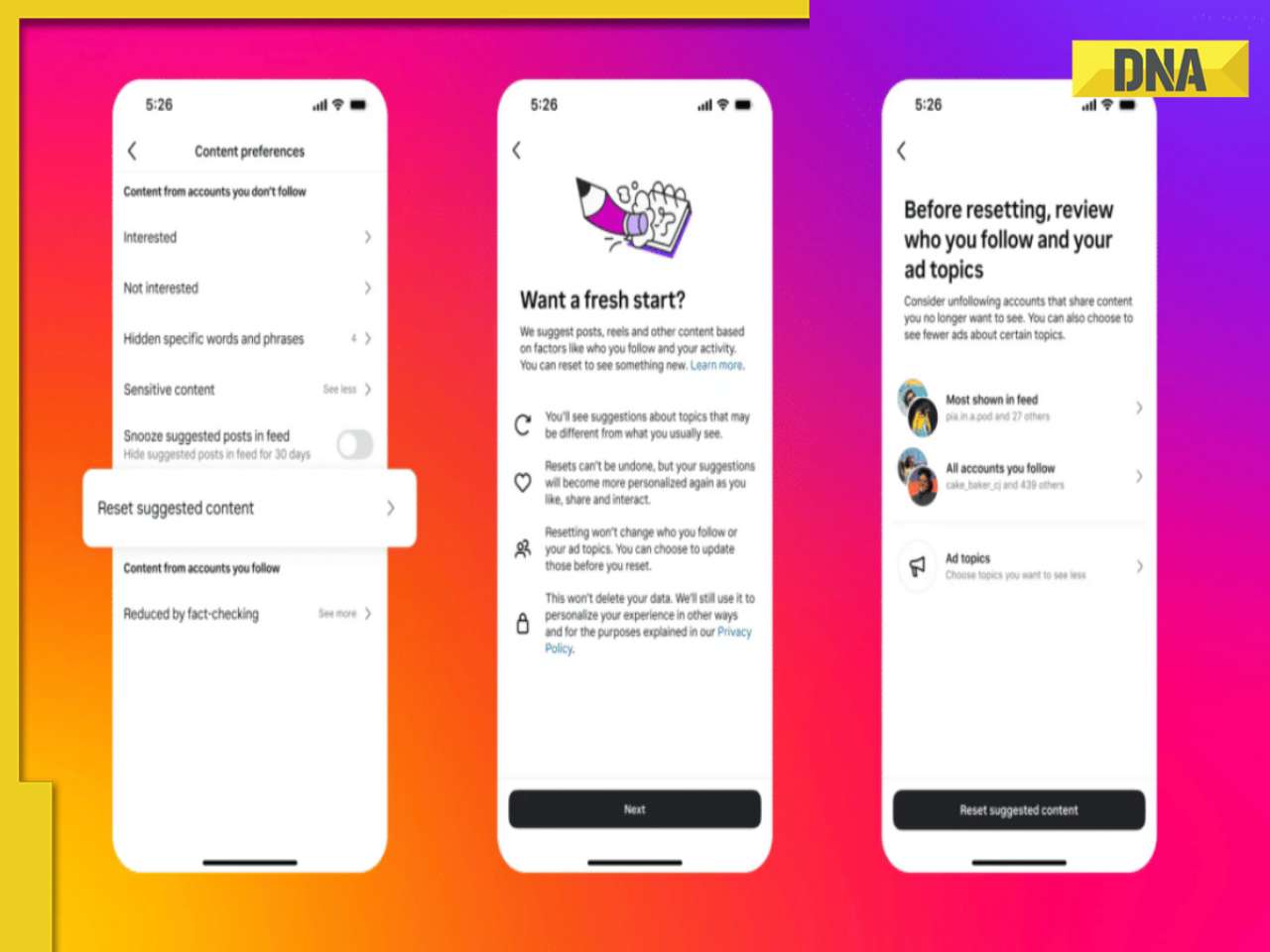

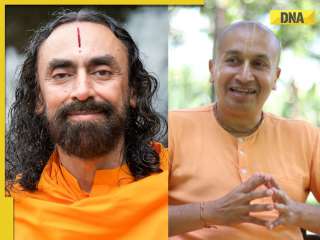




)
)
)
)
)
)
)
)
)
)
)
)
)
)
)





